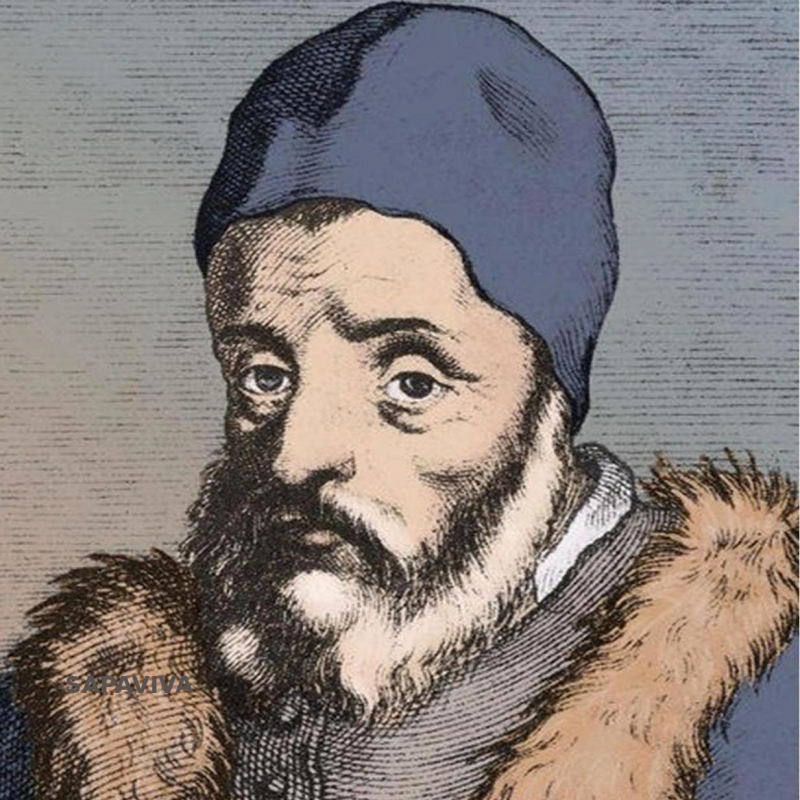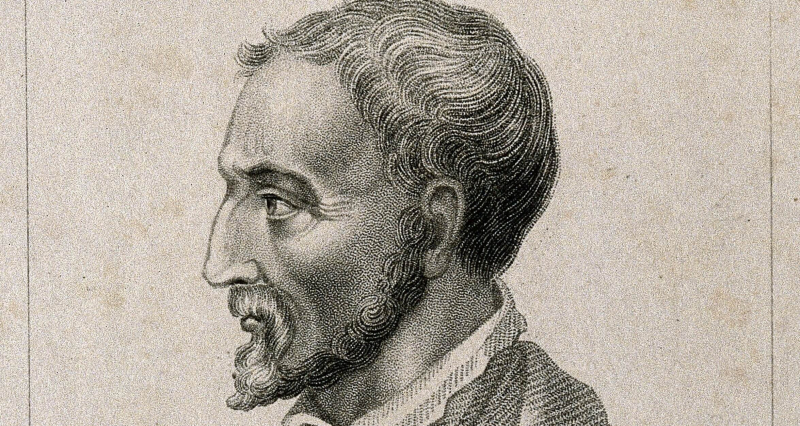Gerolamo Cardano
Gerolamo Cardano was an Italian multidisciplinary whose passions and skills included mathematician, physicist, astrologer, astronomer, philosopher, author, and gambler. He was one of the most prominent Renaissance mathematicians, as well as a significant player in the development of probability. Cardano was also the first Westerner to introduce the binomial values and the binomial theorem, having authored more than 200 scientific papers.
On another note, Gerolamo Cardano partially created and characterized a number of mechanical devices - such as the lock system, the gimbal composed of three concentric circles that allow a supported gyro or accelerometer to move easily; and the Cardan rod with ball bearings, which enable the transmission of rotational movement at different angles and is still used in vehicles today.
His contributions to hypocycloids were published in 1570 in De Proportionibus and extremely well-received by the general public. The generating rings of such hypocycloids were afterwards referred to as "Cardano spheres" or "Cardanic cycles" and were utilized to produce the first high-performance printing technology.
Today, he is more famous to the modern audience for his accomplishments in algebra. In his work Ars Magna, published in 1545, he introduced the first methodical use of negative values in Europe, published the resolutions of other scientists for quadratic and cubic equations with credit, and recognized the reality of imaginary numbers.
Born: 1501
Age: 74
Notable ideas: Cardano–Tartaglia formula, Negative numbers’ systematic usage








